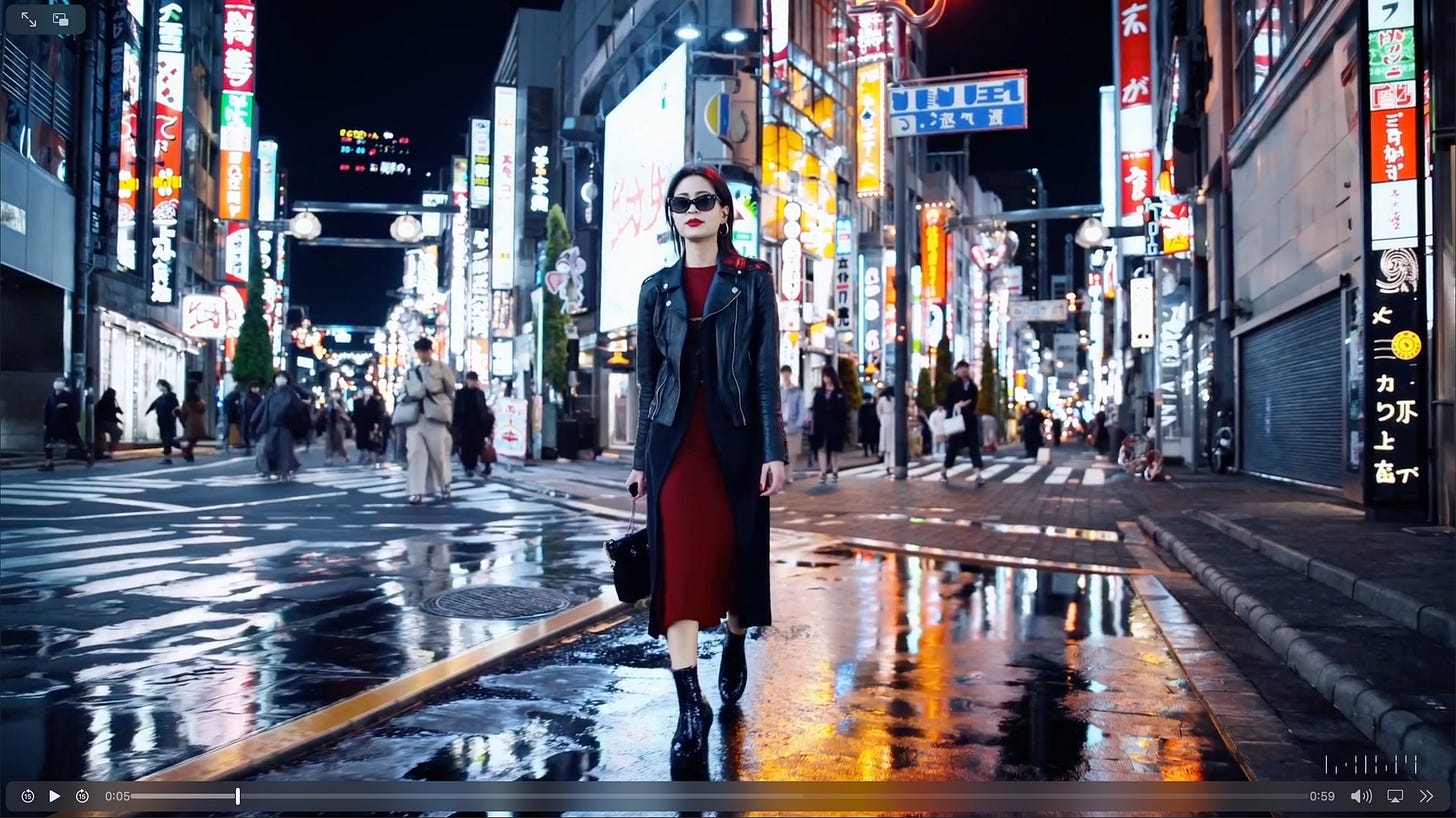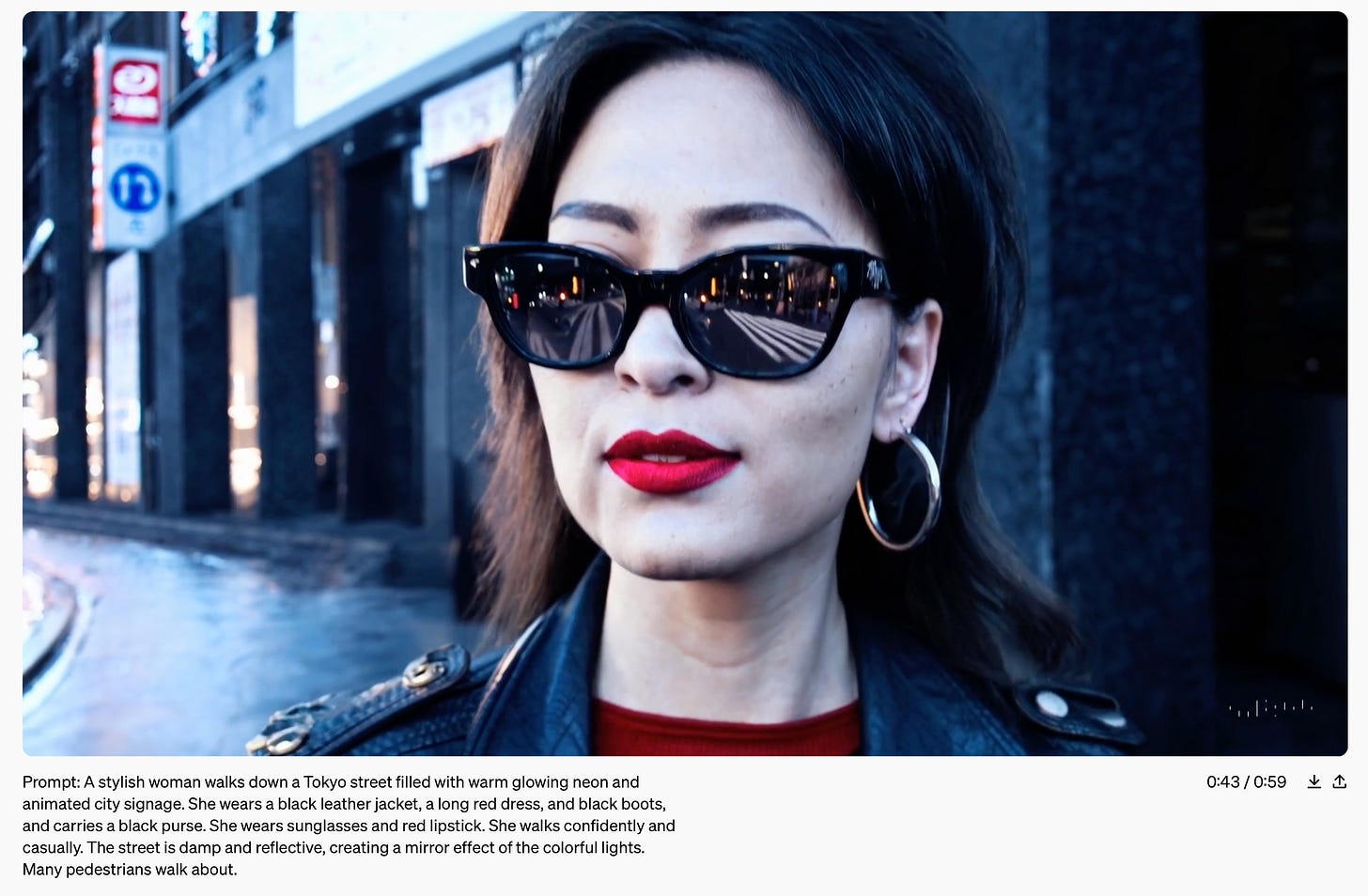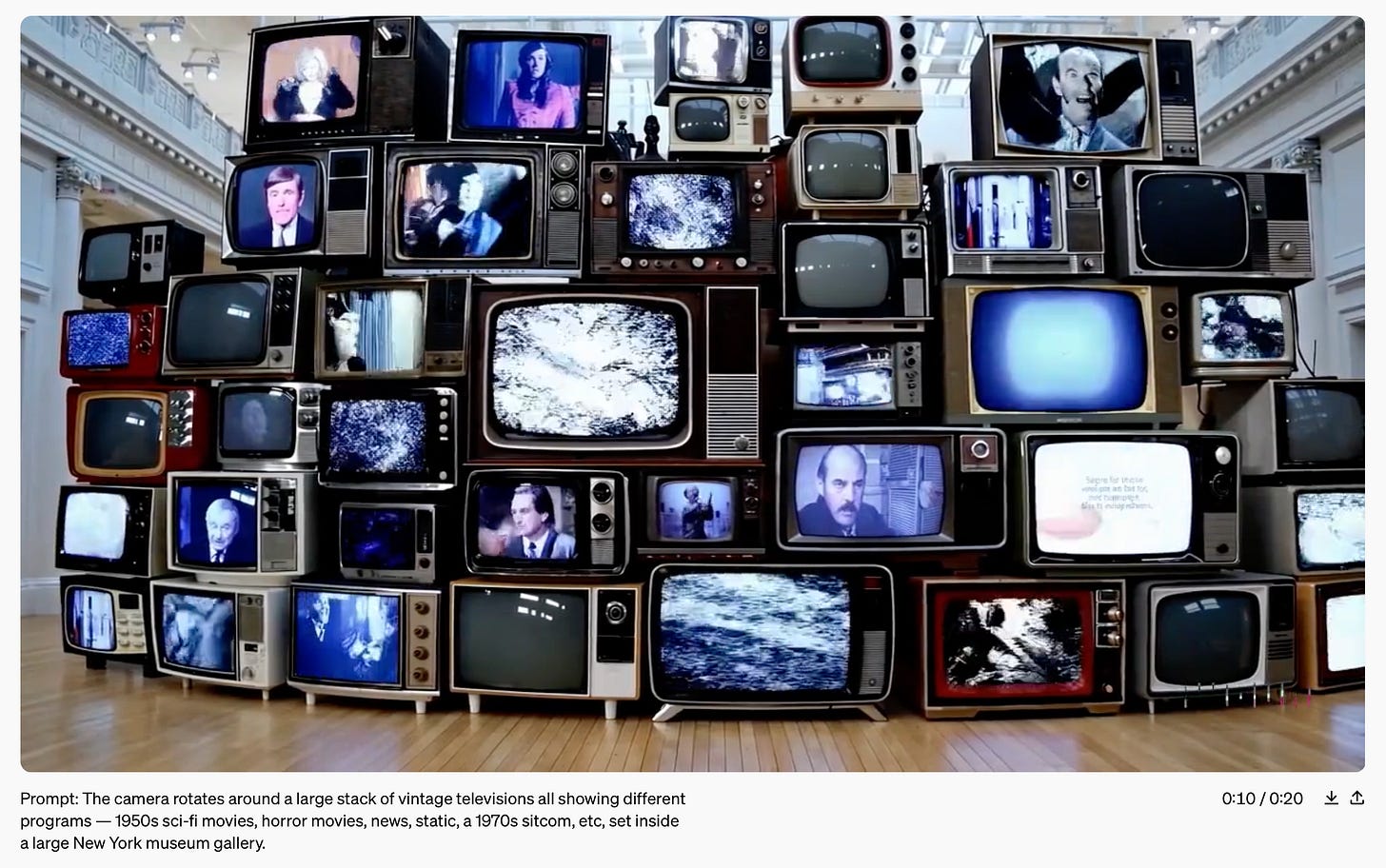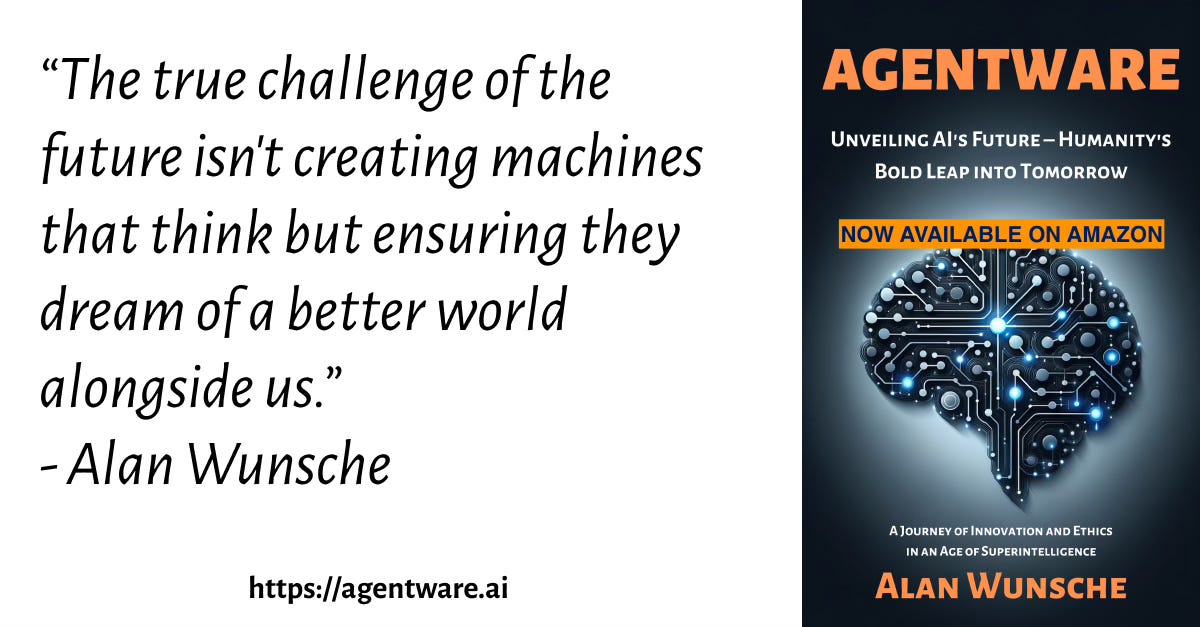Friday Feature: OpenAI Previews Sora, Incredible Text-to-Video AI Model
Creating video from text just took a massive leap forward.
In my new AI book "AGENTWARE", I explore the creative potential of AI agents, assistants, and digital workers.
Yesterday, OpenAI introduced Sora, a groundbreaking text-to-video model poised to revolutionize the way we interact with digital content. At this time, it’s a preview that is undergoing safety and red teaming reviews. (Note: Key Discussion Points and Takeaways follow below)
In the accelerating AI race, OpenAI has once again captured the world's attention with its latest development: Sora. This cutting-edge text-to-video model offers an unparalleled ability to generate up to a minute-long videos from textual descriptions, maintaining visual fidelity and adherence to the specified prompts. The implications of such technology are vast, stretching across creative industries, education, and beyond, promising a new era of interactive and engaging content creation.
Prompt: “A stylish woman walks down a Tokyo street….”
Sora stands out not just for its ability to generate visually stunning content but also for its deep understanding of the physical world and the dynamics of motion. This is evident in the diverse examples provided by OpenAI, ranging from a stylish woman walking down a neon-lit Tokyo street to the majestic scene of wooly mammoths treading through a snowy meadow. Each example showcases Sora's capacity to create complex scenes, accurate details, and specific types of motion that breathe life into the user's text prompts.
Furthermore, OpenAI's approach to sharing Sora with the world is both cautious and inclusive. By granting access to red teamers for assessing potential harms and risks, and to visual artists, designers, and filmmakers for feedback, OpenAI ensures that Sora is refined and responsible before wider deployment. This collaborative effort highlights OpenAI's commitment to safety, innovation, and community engagement in developing AI technologies.
OpenAI Sora Announcement Highlights:
We’re teaching AI to understand and simulate the physical world in motion, with the goal of training models that help people solve problems that require real-world interaction.
Introducing Sora, our text-to-video model. Sora can generate videos up to a minute long while maintaining visual quality and adherence to the user’s prompt.
Today, Sora is becoming available to red teamers to assess critical areas for harms or risks. We are also granting access to a number of visual artists, designers, and filmmakers to gain feedback on how to advance the model to be most helpful for creative professionals.
We’re sharing our research progress early to start working with and getting feedback from people outside of OpenAI and to give the public a sense of what AI capabilities are on the horizon.
Sora is able to generate complex scenes with multiple characters, specific types of motion, and accurate details of the subject and background. The model understands not only what the user has asked for in the prompt, but also how those things exist in the physical world.
Sora is capable of generating entire videos all at once or extending generated videos to make them longer. By giving the model foresight of many frames at a time, we’ve solved a challenging problem of making sure a subject stays the same even when it goes out of view temporarily.
Sources:
Creating video from text. Sora is an AI model that can create realistic and imaginative scenes from text instructions. OpenAI. February 14, 2024. Announcement and videos at https://openai.com/sora
Discussion Questions:
Innovation Management: How can industries leverage Sora's text-to-video capabilities to enhance storytelling, marketing, and educational content?
Strategic Planning: Considering the potential applications of Sora, what strategic investments should companies consider to integrate such technologies into their operations?
Ethics and Safety: How should developers and users address the ethical considerations and potential misuses of text-to-video technology?
The Takeaways
Sora represents a significant leap in AI's ability to generate dynamic, complex video content from textual descriptions, offering new avenues for creative and educational applications.
OpenAI's inclusive approach to development, involving feedback from a broad spectrum of users and experts, underscores the importance of responsible AI innovation.
Despite the promise of Sora, it's crucial to consider the ethical implications and ensure that safety measures keep pace with technological advancements.
If you are interested in the future of AI agents in enterprise, I encourage you to check out “AGENTWARE”, now available in Paperback: AGENTWARE: Unveiling AI's Future – Humanity's Bold Leap into Tomorrow (Amazon link)
AGENTWARE : 🎉 Paperback now available!
Great news!! The paperback version is now available for order! Now that the paperback is shipping, I’ll be sharing insights and concepts from the book here in the newsletter.Thanks for reading AGENTWARE! Subscribe for free to receive new posts and support my work.







